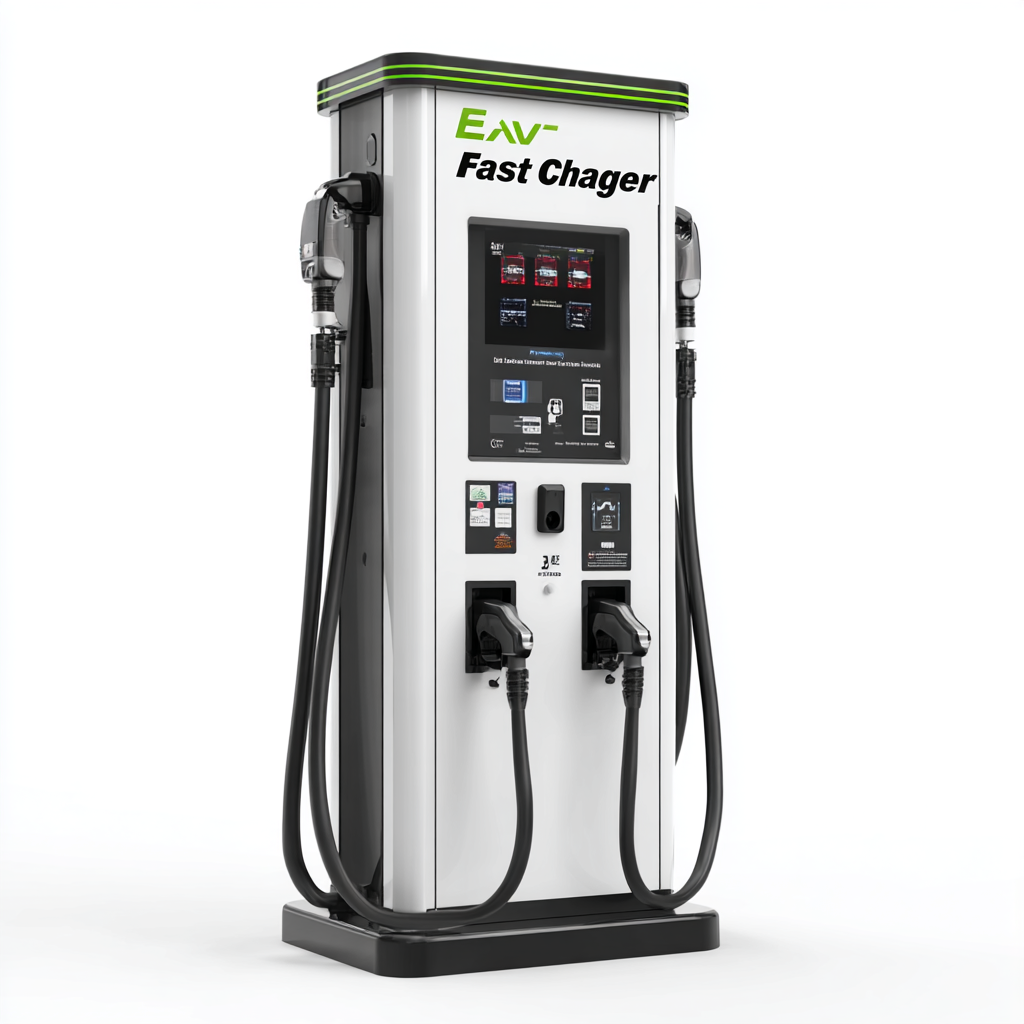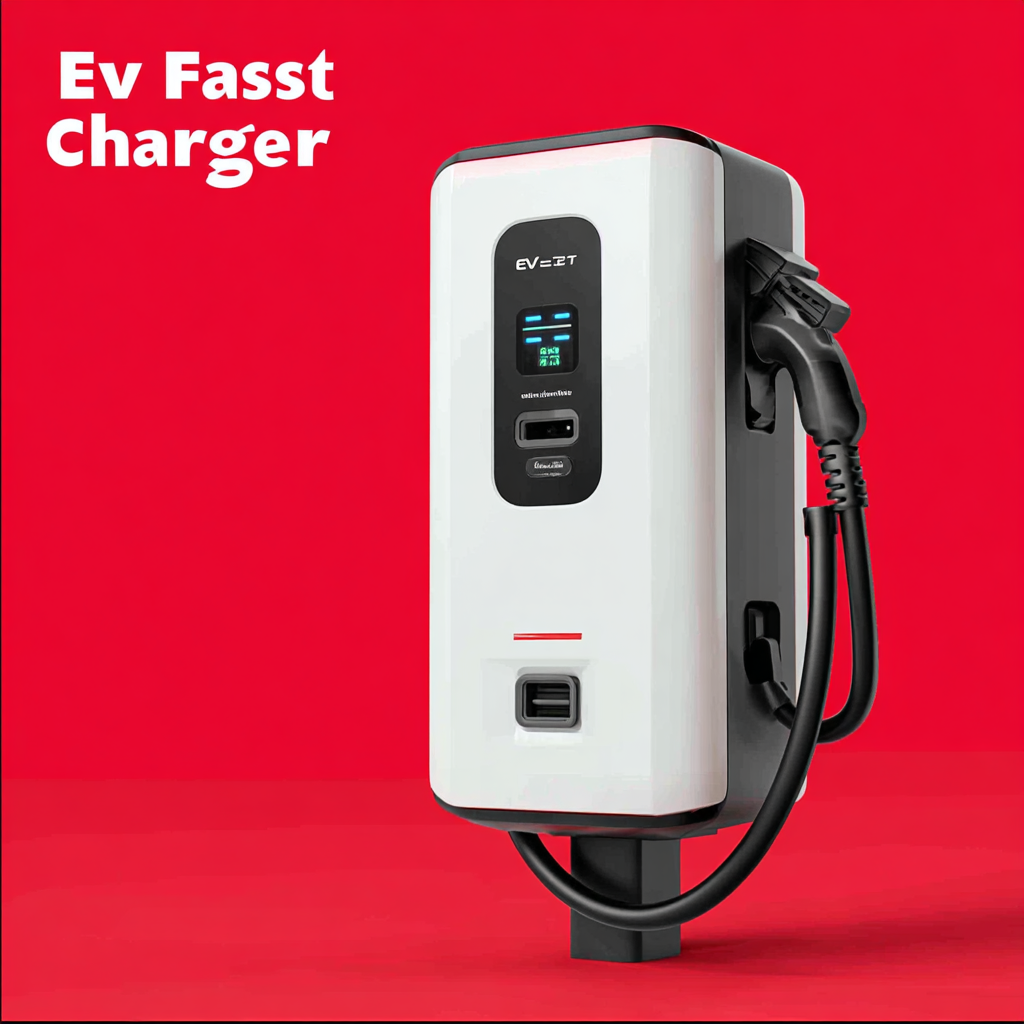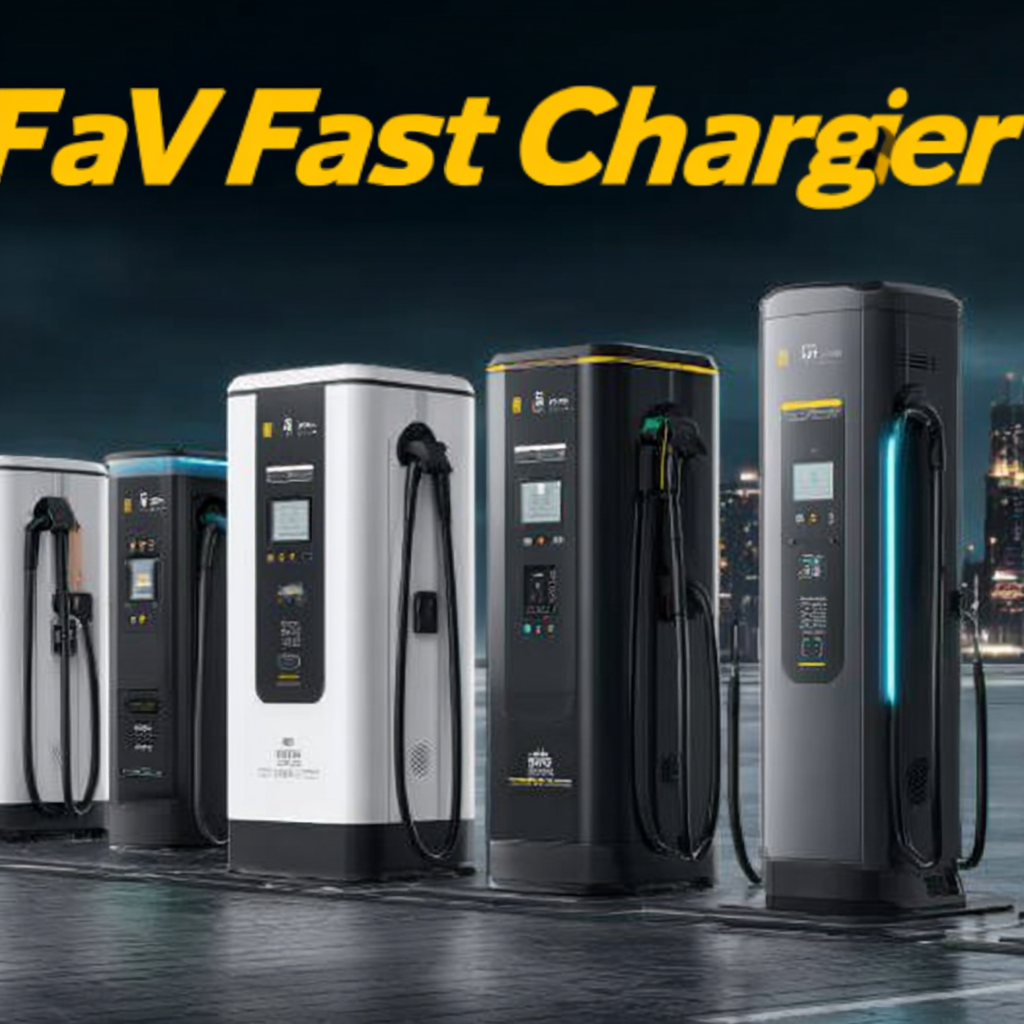As we move towards a more sustainable future, the demand for electric vehicles (EVs) is surging, making the development of efficient charging solutions more critical than ever. One of the most promising advancements in this arena is the evolution of the EV fast charger, designed to drastically reduce charging times and enhance the overall user experience. In this blog, we will explore the latest innovations and trends in EV fast charger technology, focusing on what the market has to offer in 2025. We will delve into comparative analyses of global market leaders, examine emerging technologies, and highlight the various factors influencing the adoption of these chargers. With a keen eye on the future, we aim to equip readers with insights into the rapidly evolving landscape of EV fast charging solutions and how they are set to transform electric mobility.

The evolution of electric vehicle (EV) fast charging technology is marked by significant advancements that promise to redefine the driving experience by 2025. As the global demand for EVs surges, innovative solutions are emerging, aimed at enhancing the speed, accessibility, and efficiency of charging. New fast chargers are being developed with higher power output, allowing vehicles to achieve substantial range in mere minutes. Furthermore, improvements in battery technology are paving the way for more robust and longer-lasting power sources, minimizing downtime for EV users.
In addition to performance enhancements, the integration of smart technology is transforming the charging landscape. Concepts such as vehicle-to-grid (V2G) technology are gaining traction, allowing EVs not only to draw energy but also to return it to the grid during peak demand, fostering a more sustainable energy ecosystem. The shift towards renewable energy sources further complements these innovations, making fast charging stations cleaner and more efficient. As we look ahead to 2025, the continuous collaboration between automakers, tech companies, and energy providers will be crucial in shaping a reliable and expansive charging network, ultimately supporting the global transition to electric mobility.

As we look toward 2025, the electric vehicle (EV) charging landscape is set to undergo a significant transformation driven by key innovations. One of the most promising advancements is the development of ultra-fast charging technology, which significantly reduces the time needed to charge an EV. With power outputs reaching upwards of 350 kW, these chargers allow for an 80% charge in just about 15 minutes, making long-distance travel more feasible and convenient for electric vehicle owners.
Another critical innovation is the integration of smart charging solutions that leverage artificial intelligence (AI) and machine learning. These systems optimize energy distribution based on real-time demand and grid conditions, thus improving efficiency and sustainability. Additionally, the rise of vehicle-to-grid (V2G) technology enables EVs to not only draw energy from the grid but also return stored energy during peak demand times, contributing to grid stability and offering financial incentives for users. As these innovations continue to evolve, they promise to enhance the overall charging experience and accelerate the adoption of electric vehicles worldwide.
This chart displays the projected growth in various key innovations in EV fast charging solutions for 2025.
The electric vehicle (EV) fast charger market is poised for significant growth, driven by innovations and evolving consumer demands. A comparative analysis of global markets reveals emerging trends, particularly in infrastructure development, as countries ramp up efforts to transition from fossil fuels to zero-emission vehicles. The increasing sales of electric cars, which surged by 35% in 2023 compared to the previous year, highlight the accelerating shift towards electrification and the need for robust charging networks to support this evolution.
In regions like Sub-Saharan Africa, the electric vehicle revolution faces unique challenges, including inadequate charging infrastructure and policy hurdles. Nonetheless, opportunities abound as investments in EV technology and charging solutions gain momentum. With comprehensive assessments indicating a projected growth in the EV charging station market at a remarkable CAGR of 24.4% from 2025 to 2034, key trends such as rapid expansion of public charging networks and advancements in fast-charging technology will play pivotal roles in shaping the future of transportation. As stakeholders navigate these trends, the interplay between technological innovation and market dynamics will be crucial for widespread adoption and sustainability in the EV sector.
The next generation of electric vehicle (EV) charging stations is heavily focused on sustainability and efficiency, reflecting the growing demand for greener transportation solutions. As governments and businesses seek to reduce carbon footprints, innovations in charging technology are rising to the occasion. One notable trend is the development of solar-powered charging stations, which harness renewable energy to provide clean electricity for EVs. This shift not only minimizes reliance on the grid but also integrates seamlessly with other renewable initiatives, contributing to a more sustainable infrastructure.
Furthermore, efficiency improvements in charging technology are transforming the user experience. Ultra-fast chargers, capable of significantly reducing charging times, are becoming more prevalent and are essential for reducing range anxiety among EV users. Additionally, smart charging systems that utilize artificial intelligence are optimizing energy consumption by adapting to real-time electricity rates and grid demands. This not only enhances the efficiency of charging stations but also supports the overall stability of the power grid, showcasing a holistic approach to sustainability in the rapidly evolving EV market. These advancements paint an exciting picture for the future of EV charging, blending eco-friendliness with cutting-edge technology.
| Feature | Current Standard (2023) | Expected Innovation (2025) | Projected Efficiency Improvement |
|---|---|---|---|
| Charging Speed | 150 kW | 350 kW | 133% Increase |
| Sustainability | 30% Renewable | 70% Renewable | 40% Increase |
| User Interface | Basic Touchscreen | AI-Powered Interface | Enhanced Customer Experience |
| Payment Options | Credit Card | Digital Wallet & Cryptocurrency | Broader Accessibility |
| Grid Integration | Limited | Smart Grid Technology | Optimized Energy Use |
The landscape of electric vehicle (EV) charging is rapidly evolving, and consumer preferences play a pivotal role in shaping the innovations that manufacturers prioritize. As the demand for EVs continues to rise, users are increasingly vocal about their experiences and expectations from charging solutions. Key factors such as charging speed, accessibility, and user-friendly interfaces are now at the forefront of EV fast charger development. Manufacturers are responding to this feedback by investing in technologies that not only enhance charging speed but also improve the overall user experience, ensuring that each interaction with the charger is seamless and efficient.
Moreover, the design and functionality of fast chargers are being tailored to meet diverse consumer needs. For instance, features like mobile app integration for real-time charging status updates or reservation capabilities are becoming standard. In 2025, we anticipate additional innovations, including advanced payment solutions and enhanced safety features, driven by user insights. The shift toward a more user-centric design approach signifies an important trend in the EV charging sector, highlighting that the future of charging infrastructure will be defined not just by technical advancements, but by understanding and addressing the real-world experiences of EV owners.

